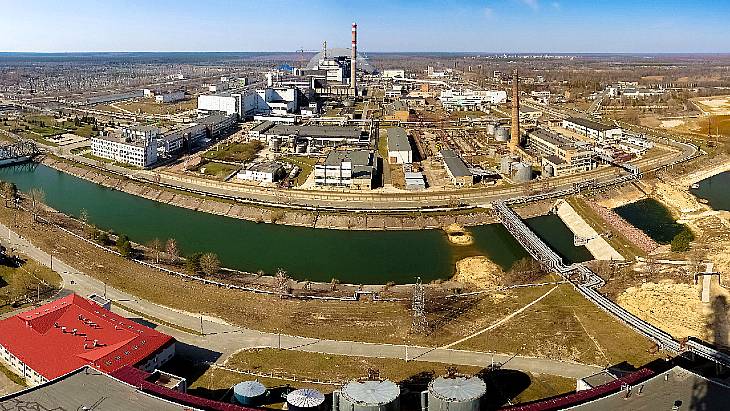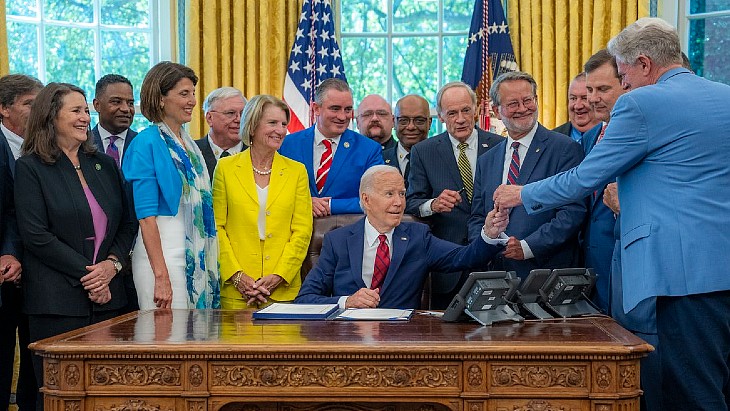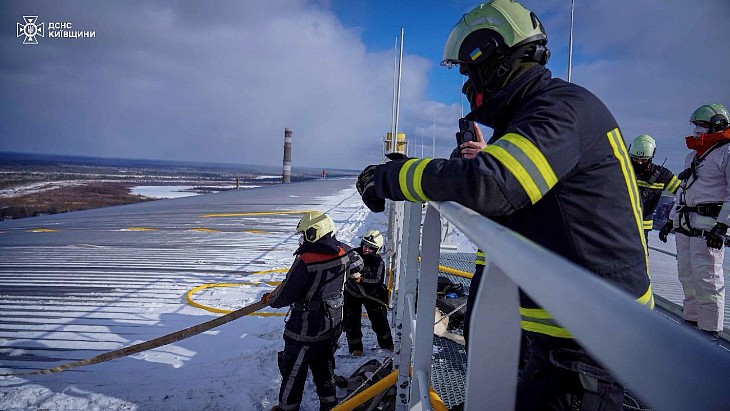Regulator explains Chernobyl licences decision

In a statement posted on its website, the SNRIU said that destroyed bridges and roads meant there were “no conditions for safe operation in the exclusion zone, there are no safe ways for staff to access facilities” and the damage also “violated logistical routes for delivery to the exclusion zone operation of equipment, spare parts and materials”.
It added that it had been told there had also been “the destruction, disabling and theft of computer, office and server equipment, databases and measuring equipment".
"Thus SSE ChNPP and enterprises using ionising radiation sources cannot ensure the availability of the necessary number of qualified personnel to ensure the level of safety of facilities, fully ensure the implementation of radiation dosimetric control in certain amounts, accounting and control of radioactive waste and sources ionising radiation."
It stressed that "the loss of capacity was not the fault of the licensees, but due to force majeure circumstances related to the occupation".
The licencees were also asked to "ensure the continued safe operation of enterprises and the operation of facilities, to develop plans for inspections of the level of security of facilities, plans for priority measures to restore the level of security of facilities and activities".
The decision to suspend the licences was criticised earlier this week by the Acting Director General of SSE ChNPP, Valeriy Seyda, who noted that they had managed to ensure safety and "maintained full control over the nuclear facilities, nuclear material and radioactive waste" during the period of occupation.
Meanwhile, in its latest update on the situation in Ukraine, the International Atomic Energy Agency (IAEA) said that its Director General, Rafael Mariano Grossi, had held talks with the head of SNRIU, Oleh Korikov, about the situation at Zaporizhzhia (also known as Zaporozhe), Ukraine’s largest nuclear power plant, which is currently being operated by Ukrainian staff but under the control of Russian military forces.
Ukraine told the IAEA last week that staff there were working under “unbearable pressure” and Grossi, who held talks with Rosatom Director General Alexey Likhachev and Russian officials earlier this week, has stressed the urgency of ensuring its safety and is seeking to lead a visit to the plant.
On Friday morning, Ukraine’s nuclear power plant operator Energoatom reported that all four of its nuclear power plants were operating within safety limits, with seven of the 15 reactors connected to the grid, with the other eight shut for regular maintenance or held in reserve.
The IAEA says that since last week’s visit of its inspectors and technicians to Chernobyl, data from unattended monitoring systems installed at the site has now been fully recovered. Also, as a result of the deployment of new transmission channels based on satellite technologies, the remote transfer of the safeguards data to the Agency’s Vienna headquarters has been fully restored with the exception of one facility for which technical work is still required.









_88592.jpg)
_66488.jpg)

